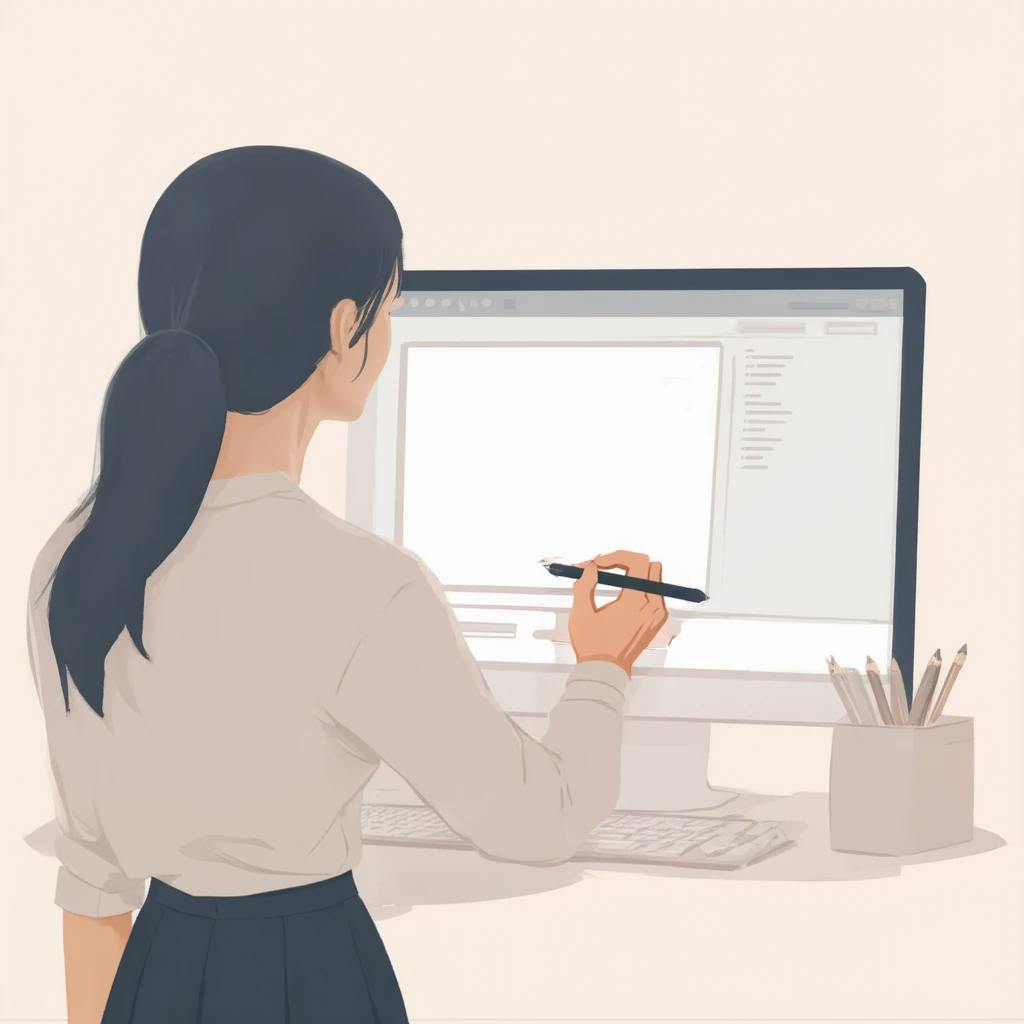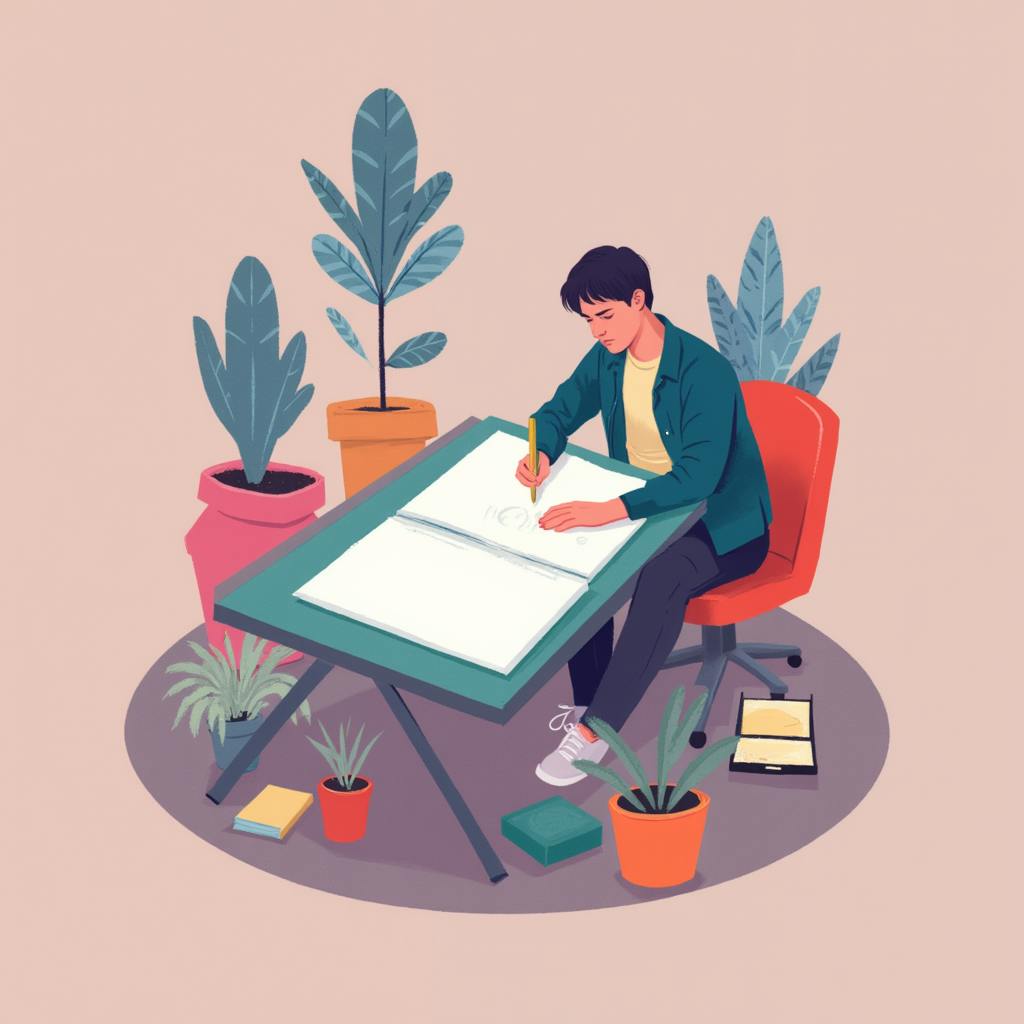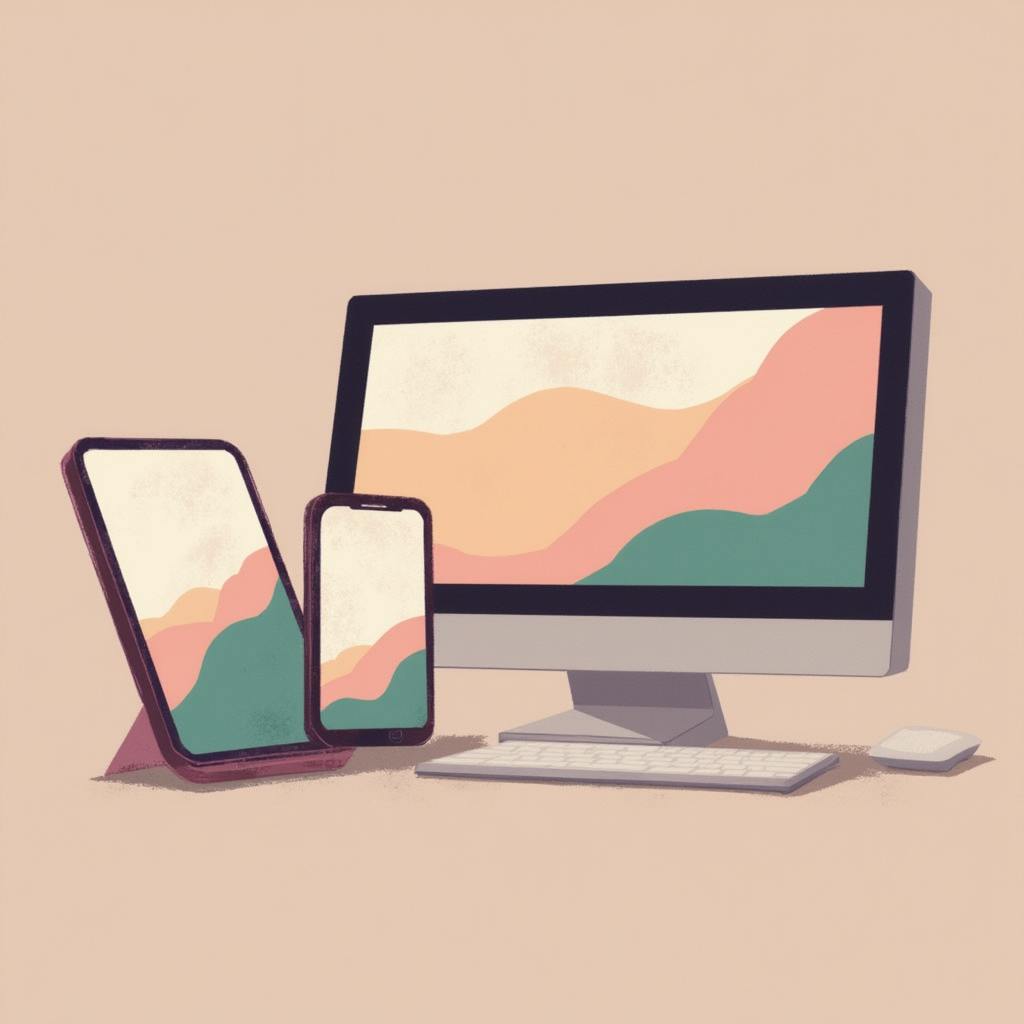In the realm of creative work, illustration plays a powerful and expressive role. But what does illustration mean when it comes to design? This is a common question for new designers and art lovers alike. To understand it fully, we need to look at what illustration is, how it helps us communicate visually, and what it means in both art and design.
Understanding Illustrations in Design
Illustration in design means using drawings or artwork to explain or support ideas. Unlike plain photography, illustrations give designers the freedom to add their own style and imagination. They can be fun, bold, or abstract. Whether it's for a book cover, a company logo, or a poster, a good illustration makes the design more engaging and easy to remember.
The Definition of Illustration in Design
So, what does illustration mean in design? It's a form of visual art used to tell a story, explain an idea, or make a message clearer. Illustration goes beyond looking pretty — it helps people understand what the design is about. It combines creativity with communication, turning complex ideas into something simple and emotional.
The Meaning of Illustrations in Art
In the world of art, illustrations are more than just decoration. They often carry meaning and purpose. They connect graphic design and fine art, giving artists room to express big ideas. An illustration can be a standalone artwork in a gallery or part of a product like a book or ad. In both cases, it helps people connect with the message in a visual, often emotional, way.

AI made with Dean Jones
The Role of Illustrations in Visual Communication
In a fast-moving world where people want quick and clear content, illustrations play a big role in visual communication. They help explain complex ideas in a simple, visual way. For example, infographics use drawings to turn data into something easy to understand. With the right mix of colors, shapes, and symbols, illustrations make messages stronger and more memorable for the audience.
Illustration Explained in Creative Work
From advertising campaigns to digital content, illustrations play many roles in creative work. They don’t just grab attention — they also help explain ideas and build stronger connections. Illustrations can:
- Show a brand’s identity by capturing its values and style.
- Make learning materials more engaging and less overwhelming.
- Add emotion and meaning to stories through visuals.
- Explain hard topics in a way that’s easy to understand.
This flexibility is why illustrations are such an important tool for designers and marketers today.
Are Illustrations Only for Printed Media?
Not at all. Illustrations are widely used across both print and digital platforms. You’ll find them in:
- Websites and mobile apps
- Social media content
- Magazines, brochures, and books
- Digital ads and e-learning platforms
Their flexibility makes them a go-to choice for creatives working in different formats and industries.
Do Illustrations Need to Be Hand-Drawn?
Illustrations can be:
- Hand-drawn using traditional tools like pencil or ink
- Digitally created using software such as Adobe Illustrator or Procreate
The choice depends on the artist’s style and the needs of the project. Digital tools, in particular, open up endless possibilities for detailed and scalable artwork.
How Do Illustrations Differ from Animations?
The main difference lies in motion:
- Illustrations are static — single images used to convey ideas.
- Animations involve movement — often made by sequencing illustrations to create motion.
While they’re different mediums, illustrations often serve as the starting point or key frames for animations.
FAQ: Understanding Illustration in Design
Illustration is a creative force in design. It draws attention, tells stories, and makes complicated ideas easier to understand. This FAQ covers the key roles of illustration, how it strengthens design projects, and how it differs from graphic design.
What is the Role of Illustration in Design?
Illustrations act as a visual language in design. They do more than decorate — they communicate. They help tell stories in books and ads, support branding efforts, and even play a role in marketing strategies driven by growth marketers, all while simplifying abstract ideas. When used well, illustrations connect emotionally with viewers and make content more engaging and memorable.

AI made with Dean Jones
How Can Illustration Enhance a Design Project?
Illustrations can improve a design project by:
- Adding a personal touch that stands out from generic stock images.
- Clarifying complex concepts through visual scenes or diagrams.
- Working across formats, from websites and mobile apps to printed materials.
- Creating a consistent style, helping reinforce a brand's visual identity.
What is the Difference Between Graphic Design and Illustration?
Graphic design and illustration often work side by side, but they serve different functions. Graphic design focuses on layout, typography, and structure — it's about organizing elements for clear communication. Designers often use photos, icons, and text to build their visuals.
Illustration, in contrast, is about creating original art to represent a specific idea or mood. Illustrators usually start from scratch, using drawing or digital painting to craft unique visuals. While graphic design solves visual problems with structure, illustration adds character, emotion, and depth.
How Does Illustration Contribute to Visual Communication in Design?
Illustration strengthens visual communication by:
- Simplifying messages through visual storytelling and symbols.
- Creating emotional connections with viewers, helping the message resonate.
- Boosting memory and recall, as people often remember images better than words.
- Making content more inclusive, especially for global or multilingual audiences.
Conclusion
Understanding what illustration means in design goes far beyond simple decoration. It's a tool for storytelling, problem-solving, and visual communication that helps ideas come to life in meaningful ways. Whether it's used to define a brand, simplify complex information, or create emotional impact, illustration continues to be an essential part of creative work. As the design world evolves, the power of illustration remains as strong and relevant as ever.

